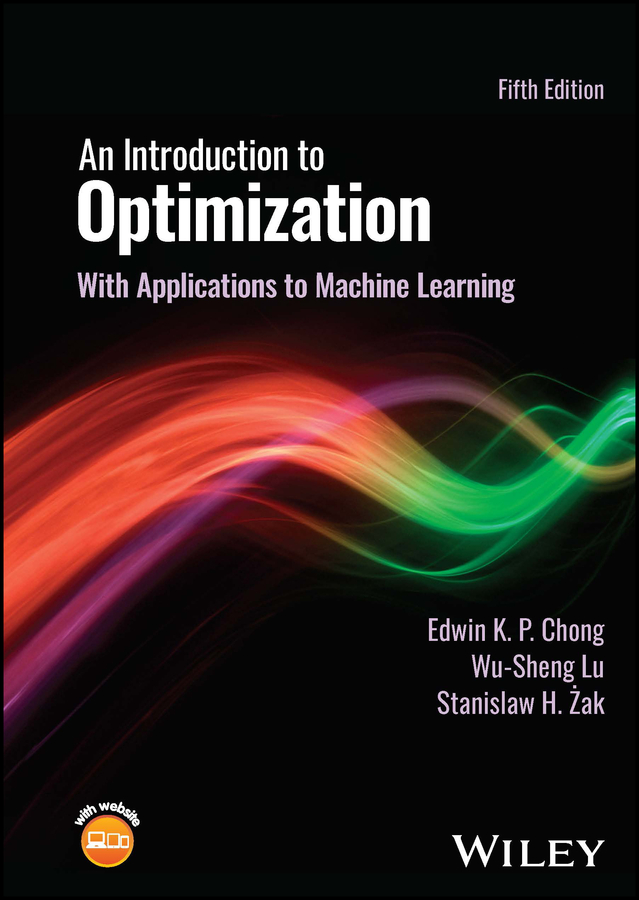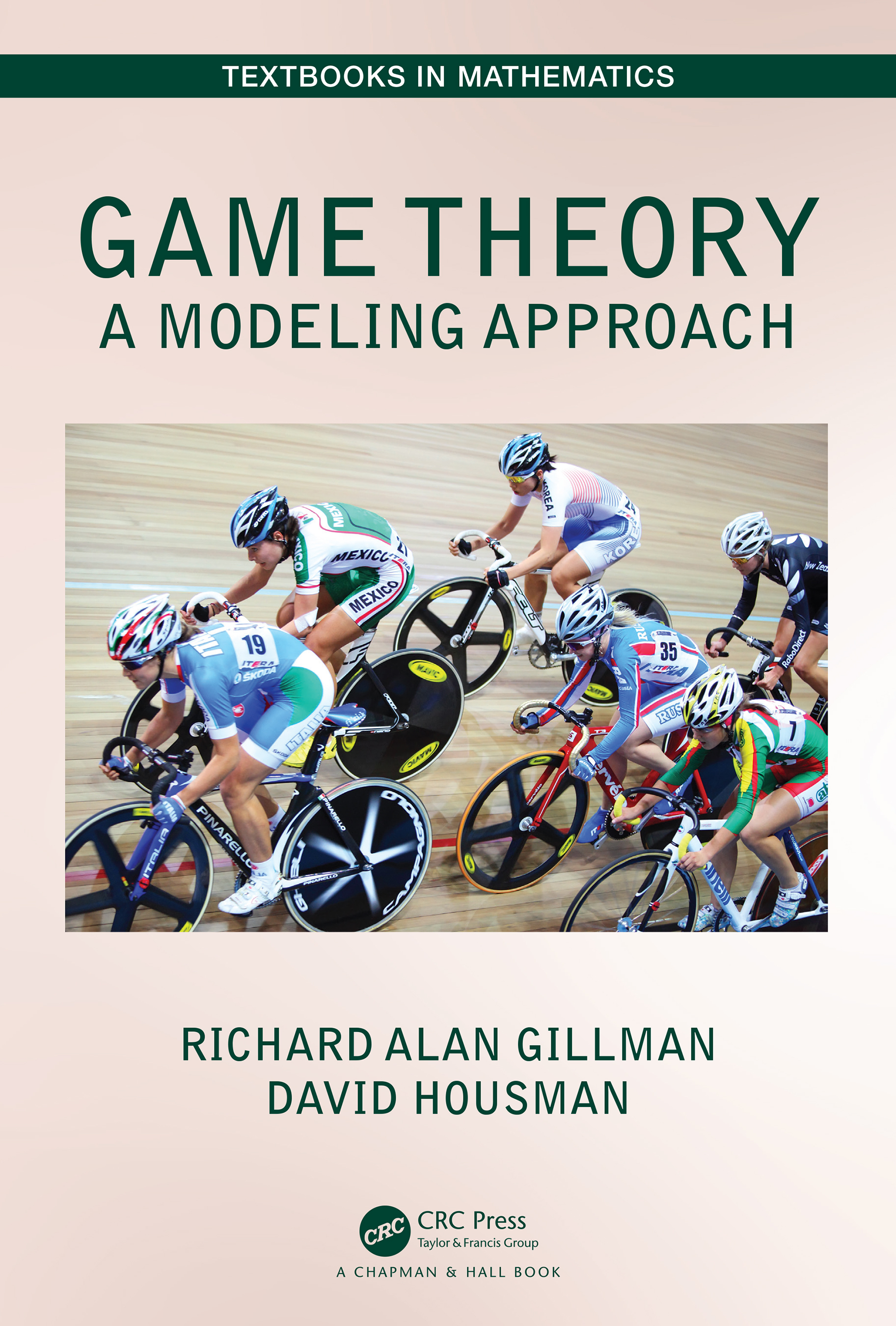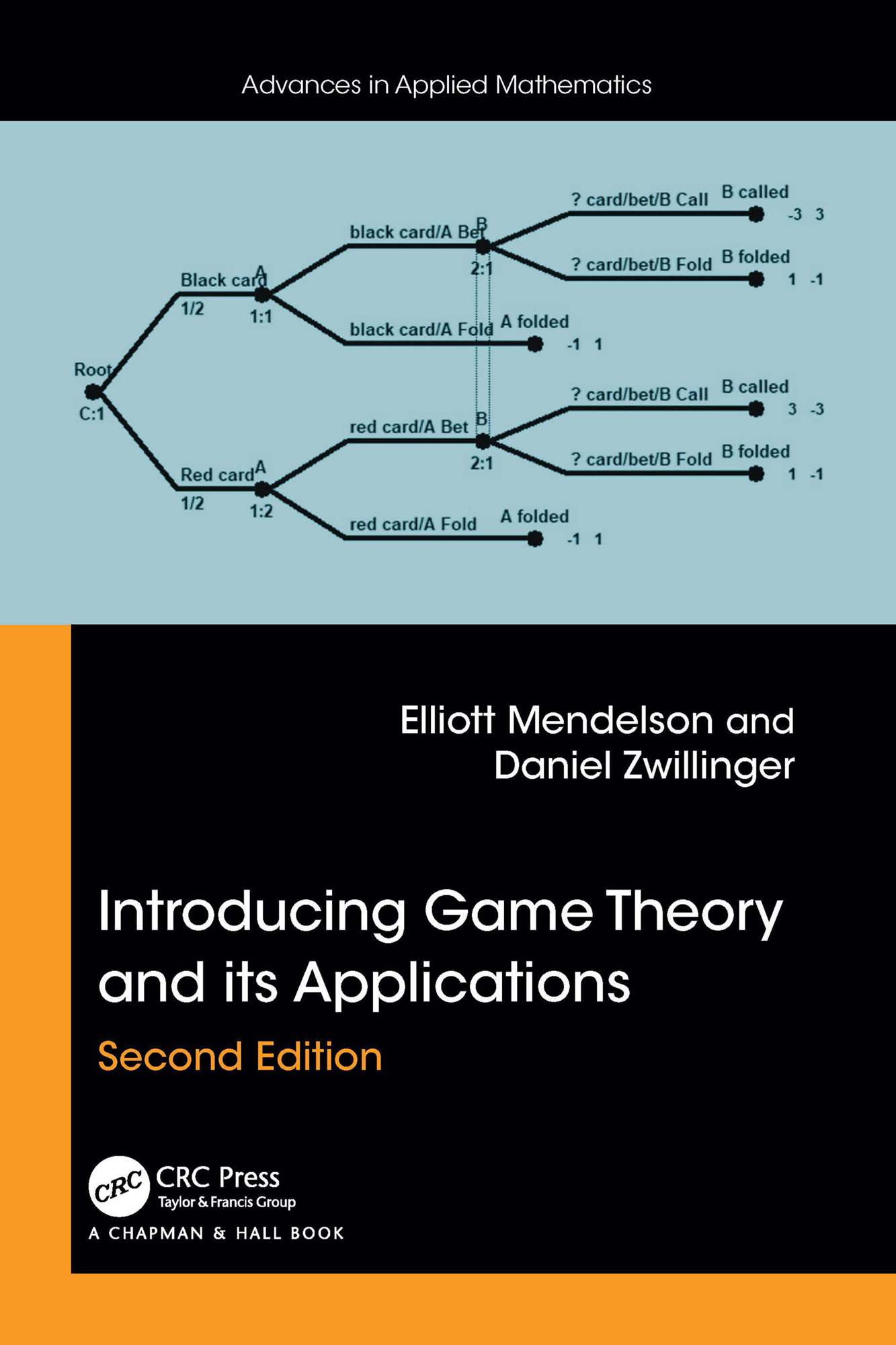CLCO22
LanguageENG
PublishYear2023
publishCompany
Wiley
EISBN
9781119877646
PISBN
9781119877639
edition
5th Edition
- Product Details
- Contents
Fully updated to reflect modern developments in the field, this new edition fills the need for an accessible, yet rigorous, introduction to optimization theory and methods. Featuring innovative coverage and a straightforward approach, the Fifth Edition includes a new chapter on Lagrangian (nonlinear) duality, expanded coverage on matrix games and linear-programming duality, projected gradient algorithms, and sparsity methods, and numerous new exercises at the end of each chapter. The book begins with a review of basic definitions and notations while also provides the related fundamental background of linear algebra, geometry, and calculus. With this foundation, the authors explore the essential topics of unconstrained optimization problems, linear programming problems, and nonlinear constrained optimization. In addition, the book includes an introduction to artificial neural networks, convex optimization, and multi-objective optimization, all of which are of tremendous interest to students, researchers, and practitioners. Numerous diagrams and figures found throughout the book complement the written presentation of key concepts, and each chapter is followed by MATLAB exercises and drill problems that reinforce the discussed theory and algorithms.











